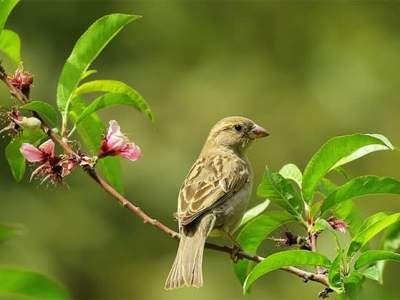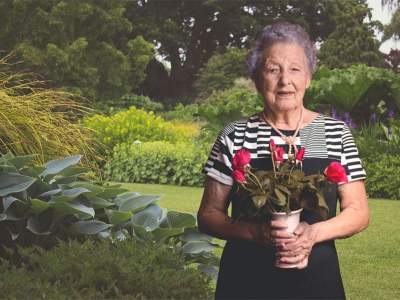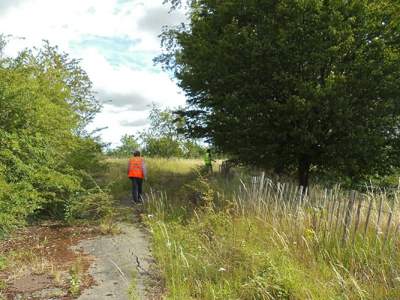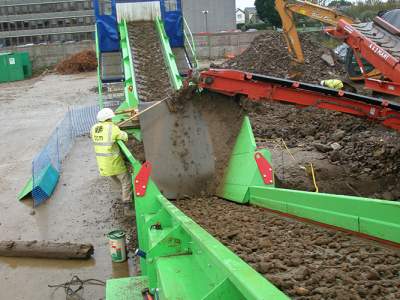
Liverpool residential property case study
If you’re a keen nature-lover like our client Janet, read on the learn how Japanese knotweed harms other species.

TCM offer Ragwort removal services throughout the UK to both commercial and residential customers. We are a trusted and knowledgeable invasive weed removal company with over 25 years experience in our field. Find out more about Ragwort below and let us know how we can help with eradication of this invasive plant for your land.
Ragwort (Jacobaea Vulgaris) is a native invasive weed that is an aggressive coloniser of any bare soil on which seeds may alight.
Ragwort is poisonous if ingested – particularly to horses.
Ragwort gathers a large community of insect species which can be categorised as follows:
Most commonly found on set-aside agricultural land where there is no established sward following cultivation, or on pasture land especially if overgrazed, poached by the feet of livestock, or otherwise poorly maintained.
It grows widely on wasteland and has spread along the motorway network where embankment plantings and establishing swards give it opportunity.
Seeds germinate mainly in the autumn when they are shed, and the plant grows as a rosette of leaves from an eventually spreading root-stock which may develop unintentional offshoots around the parent plant.
The rosette builds in size and energy to produce the flowering stalk in its second growing season, or often later. Winter chill is required to initiate the development of the flowering stage.
Damage such as pulling that does not remove the whole rootstock encourages the plant to produce unintentional shoots, eventually producing multiple flowering stalks. Seeds can then germinate in the space left by the pulled main crown.
The flowering and seed-producing season can be extremely prolonged; from mid-June until November. A large plant can produce over 2000 flower heads in its lifetime, each producing 70 or more seeds. It is recorded that some plants produce as much as 200,000 seeds.
Ragwort produces two types of seeds:
Seeds that do not germinate in the autumn of their shedding can persist in the top four centimetres of soil for four-six years, but seeds buried to a greater depth than this, can survive for at least 16 years.
If you have Ragwort growing on your residential or commercial land, get in touch with our invasive weed specialists here at TCM Soil Solutions to discuss your concerns. We can arrange a site visit, evaluate the infestation, and advise on the best form of ragwort eradication for your particular location.
We provide all our customers with a detailed report of our findings as a result of the site visit, as well as guidance and advice on the correct ragwort removal solution. Get in touch today. Call our Ragwort experts on 0330 6781077.
TCM supply eradication solutions for homeowner. If you have Japanese Knotweed on your land, or your buyer’s mortgage has been refused - we can help. Contact us today.
RESIDENTIAL SOLUTIONSTCM deliver science based knotweed removal solutions to a wide range of industries and organisations including construction, rail, road, the London Overground, property developers, local councils and more.
COMMERCIAL SOLUTIONS
Howard Downer, AKA Dr. Knotweed, has over 20 years of experience as an Environmental Consultant and is regarded by his peers as one of the most knowledgeable people in the Japanese knotweed industry.
Follow Dr. Knotweed to hear about the latest developments regarding Japanese knotweed and the implications of infestation.

If you’re a keen nature-lover like our client Janet, read on the learn how Japanese knotweed harms other species.

Mortgage lenders are reluctant to invest in land and property compromised by Japanese knotweed.

TCM had a lot to get done in a single week. The blessing was that no Japanese knotweed was found on the development site!

St Albans in Hertfordshire is a Japanese knotweed hotspot, so TCM were called to the development site to eradicate the plant once and for all.